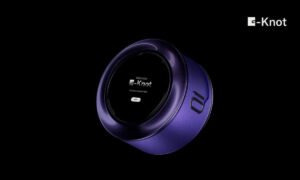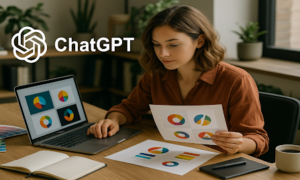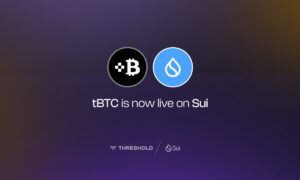In today’s hybrid work environments, working in them has become more important than ever: efficient team collaboration. Amid the scramble to balance remote and in-office work, organizations seek the most ingenious tools to fill these communication gaps and optimize workflows.
Conversational AI tools: a powerful and transforming technology that has opened a new door to how teams communicate, manage tasks, and become more productive. However, while work has moved towards being digital and remote, this brings new team challenges.
The work workflow is often complex and multilayered, and communication barriers may be an issue. But AI-powered collaboration platforms are coming to the rescue—solutions that are solving today’s issues and looking for tomorrow’s teamwork innovations.
These AI tools automate routine tasks, centralize communication, and give instant responses, and they are essential in modern workplaces. In this article, let’s examine how they’ve reinvented team collaboration and improved efficiency.
Transforming Team Communication
The immediate impact of a conversational AI Assistant is that it enhances team communication drastically. Embedded in popular platforms such as Slack or Microsoft Teams, AI-powered chatbots can offer immediate answers to basic questions and even schedule meetings instantaneously to assist in quick decision-making.
The most useful part of this capability is that it helps hybrid or asynchronous teams keep working and buffer issues so that the workflow keeps slipping without waiting for human feedback in different time zones.
Rephrasing messages to make them clearer, translating in real-time to break real-time vocabulary barriers in international teams, and even creating visual aids to improve presentations and reports can help with all of that.
AI can examine the sentiment in a team’s communications and help team leaders understand their morale and respond to emerging issues before they become problems.
Reducing the Need for Workflows and Meetings
Task and workflow management is also taking off for conversational AI. Though tools are available to break down complex projects into manageable steps, assign tasks based on team members’ skills and availability, and measure progress in real time, project managers often overlook the power of these tools.
Not only does it guarantee proper resource allocation, but it also aids in keeping priorities in line with project goals and deadlines. So far, AI assistants are proving invaluable for meetings. They can summarize previous notes, make reports, and suggest agenda points based on current projects and team priorities.
They wish to automate the preparation process for this meeting. Preparing for meetings at this level means meetings are purposeful, productive, and time-saving for everybody.
Enabling Data-Driven Decision Making
Conversational AI in team collaboration seamlessly analyzes data and trends to make predictions for smarter strategic planning.
AI can also look at historical project data and predict potential bottlenecks, such as where you want resources and when there will be delays. That way, teams can address problems before they occur.
By leaning into data, this approach helps team decisions come from intuition and concrete insights. By incorporating AI insights into the decision-making process, teams can guarantee that their actions align with the overall business goals and that data fully supports them.
Helping Creativity And Innovation
Contrary to the belief that AI should make us more creative, conversational AI tools have demonstrated their ability to be powerful friends in innovation.
Brainstorming became an AI-powered affair thanks to a combination of new tools that can generate ideas based on big knowledge databases, providing points of view that human teams may have completely missed.
The AI can augment virtual whiteboards with group brainstorming, collecting, sorting, and even building upon ideas, resulting in more productive, more innovative outcomes.
In addition, these tools can offer real-time creative feedback—meaning they can give you immediate suggestions on improving content or design while you’re still working on a creative project. This instant feedback loop can significantly reduce the time we can create without sacrificing quality.
Conclusion: Team Collaboration is The Future of Work
Looking ahead, conversational AI is only becoming increasingly used for team collaboration. These tools create new bar standards regarding team productivity and efficiency while streamlining communication, making workflows more efficient, providing the data to make smarter decisions, and enabling forward thinking.
Businesses no longer hope to get by with tools that can be defined as “conversational AI”; conversational AI has become a requirement to avoid falling behind in today’s hyper-competitive market. Combining these advanced collaboration platforms embedded in teams’ workflows unlocks the potential to improve productivity, creativity, and innovation.

































